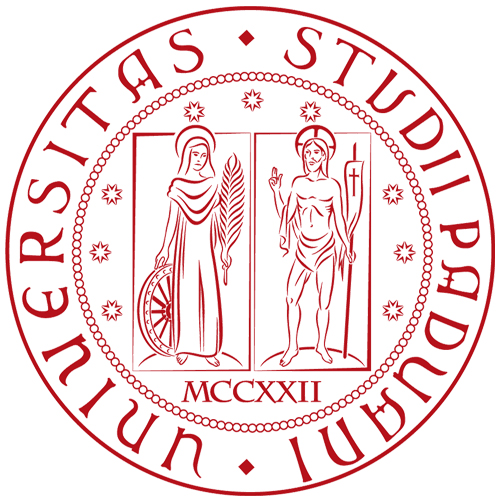PHRC044 : Decree of a tribe of Iasos honouring King Antiochos III and Laodike, Iasos - Karia (196-194 BC) Decree
Permanent ID http://s.phrc.it/phrc044
Text constituted from: Ma 2002, p. 335-336, no. 27.
Other editions: Levi - Pugliese-Carratelli 1961/2, p. 578, no. 5; Blümel, IK Iasos I 5. New readings in Robert 1963, p. 308 (on lines 7-12); Sokolowski 1972, p. 175-176; Piejko 1983, p. 205 (SEG XXXIII 865).
See also: Kotsidu 2000, no. 285 [E], reproducing the text of IK Iasos 5.
Images:
Further bibliography: on the Iasian tribes, Fabiani 2010 and Fabiani 2017; see also J. and L. Robert, Bull. Ép. 71, no. 621, p. 508 and PHRC043 on the political history and cults at Iasos at the time of Antiochos III. On prayers for the well-being of a king, see Caneva 2020b.
Online record:
αι τὴν σπονδοφ[ορίαν 16?................]
ἐπεύχεσθαι
δὲ τοὺς φυλέτας
[πάντα γίν]
-
εσθαι τἀγαθὰ
βασιλεῖ
τε μεγάλωι
Ἀ[ντιόχωι]
καὶ βασιλίσσηι
Λαοδίκηι
καὶ τοῖς τ[έκνοις]
5
καὶ τῆι πόλει·
ἀναγράψαι δὲ καὶ
τὸ [ψήφισμα τό]
-
δε ἐν τῶι ἐπιφανεστάτωι
τόπω[ι 9?......... ἵ]
-
να ἥ τε τοῦ βασιλέως
εὔνοια [11?...........]
καὶ ἡ τῆς φυλῆς ὑπὲρ τῆς
π[όλεως εὐχαριστία]
ἀείμνηστος
διαμένηι τ[15?...............]
10
βωμοῦ
ἵνα τῶι τε μεγέ[θει 9?......... κατα]
-
σκευασθῆι πρὸς γ[19?...................]
ληΐδος· ὁμοίω[ς δὲ καὶ 14?.............. ψηφ]
-
ίσματος γ[22?...................... τὸ δὲ]
ἀνάλω[μα]
δοῦναι [20?....................]
15
ονγ[29?.............................]
This fragmentary decree completes the dossier of ritual honours of the city of Iasos for Antiochos III and his wife Laodike (cf. PHRC043) shedding light on the initiative of one of the city tribes (on the 5 phylai of Iasos at the time of Antiochos’ conquest, see Fabiani 2010 and 2017). The tribe, whose name originally appeared at lines 11-12 (see the integration [Herak]leis, suggested by Robert 1963), decreed the celebration of libations accompanied by a prayer for the wellbeing of the king, the queen and their children (for a similar but more detailed prayer, see e.g. IvP I 246, decree of Pergamon for Attalos III, with the commentary of Caneva 2020b; on the topic of family unity in the court ideology of Antiochos III, see commentary to PHRC003). The fragmentary second part of the decree probably added some other ritual actions taking place on an altar. This could be either an existing altar used by the phyle for its offerings to the traditional gods, or a new cultic structure established on the occasion and specifically belonging to the cult of the royal couple. In the second decree of Teos for Antiochos III and Laodike, the partitions of the population, called symmoriai, added to their altar a new one of King Antiochos and Queen Laodike (SEG XLI 1003 II, lines 9-23). It is tempting to surmise that in our decree too, the passage of lines 10/11, [κατα]|σκευασθῆι πρός γ[ ...], followed by the name of the phyle, refers to the construction of a new cultic facility to be added to an existing one.
This decree and that from Teos are not the only documents attesting to the participation of the official demographic partitions of a city in the celebration of ritual honours for euergetic rulers. In addition to the sacrifices accomplished by the Pergamene tribes during the welcome ceremony of Attalos III in the above-mentioned decree IvP I 246, one can recall the role of the phylarchs in the organization of the cultic honours for Seleukos I at Ilion ( IK Ilion 31, lines 16-18). What makes our document different is that it was directly conceived and approved by the institutions of the phyle, who accordingly expressed their gratitude to the royal family “in the name of the city” (line 8). A closer parallel is therefore provided by a decree of the Attic demos of Rhamnous establishing cultic honours for Antigonos Gonatas sometime after 255 BC ( SEG XLI 75).
The Iasian tribe decided to publish the decree “in the most conspicuous place” of this territory. Which type of place was chosen for this purpose remains impossible to determine. Similarly, the preserved text does not allow us to understand whether the established ceremonies were meant to be celebrated on a civic festival or on another date; the second option would serve the purpose of stressing the autonomous initiative of the tribe. Comparison with the document from Rhamnous, where the rituals were attached to the local festival Nemesia, would suggest that at Iasos too, the institution issuing the decree decided to embed the new rituals in the specific calendar of the tribe.



